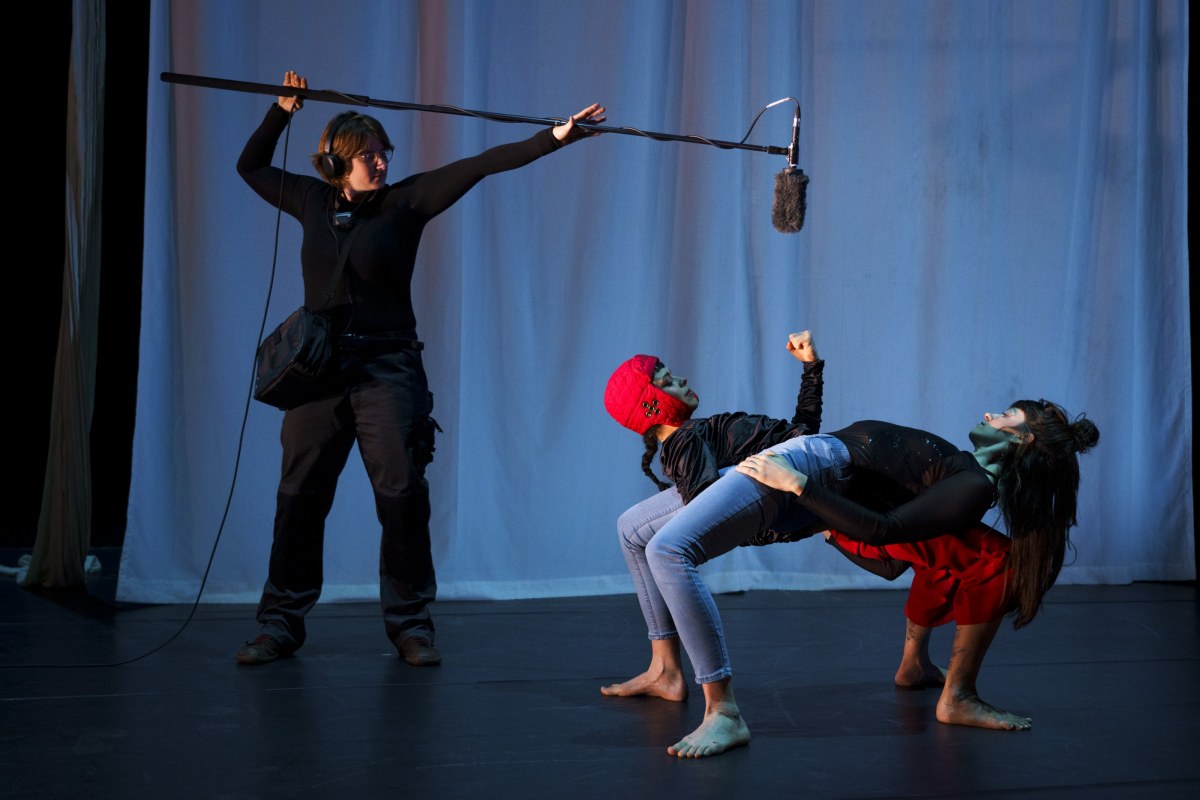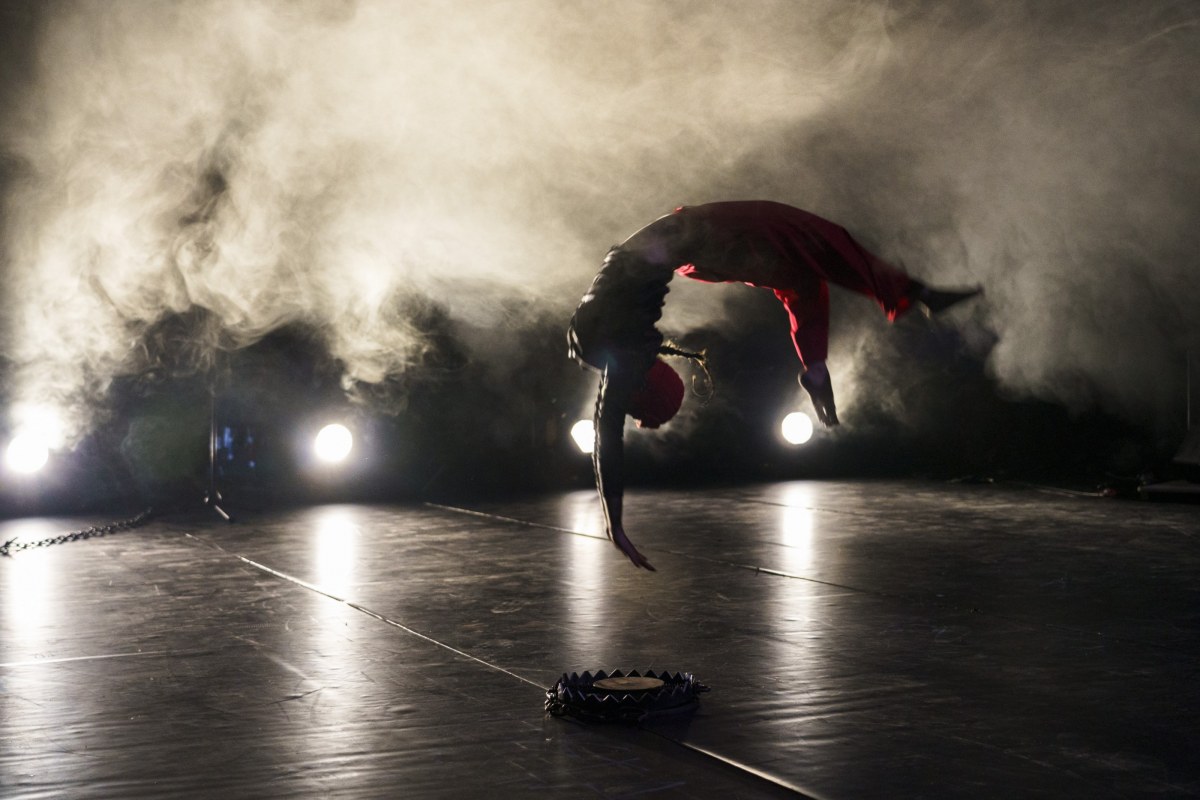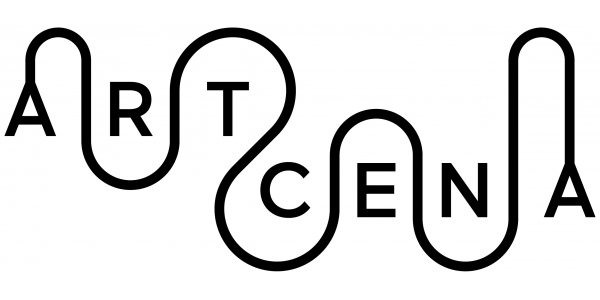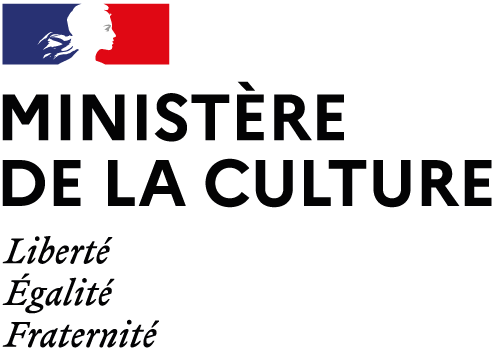Artistic Voices - Interview with Coline Garcia (ARTCENA supported artist)
As part of its new project, CS VOICES, Circostrada aims to continue and deepen the synergies established with fellow institutions and European peers during the previous project, CS BODY/IES, through the publication of an article written by artists who have received support via an ARTCENA, circusnext, IN SITU or Perform Europe scheme.
This time, discover the work of Coline Garcia, French contemporary circus artist who participated in ARTCENA's 'Authors in pairs' (Auteurs en tandem) in 2021, where a circus artist gets paired up with an artist coming from another discipline in order to work on a common project.
In this interview, Coline Garcia discusses her efforts to expand contemporary circus audiences, foster interdisciplinary collaborations, and challenge gender inequality and stereotypes in contemporary circus.

Whether through creations aimed at young audiences or the design of touring shows such as BORBORYGMES (2016), M.A.I.S.O.N (2019) or TRAIT(S) (2021), BAOUM ! (2024), your work aims to broaden the usual audiences for contemporary circus. How do these targeted audiences engage with your performances?
In the majority of our shows, we meet people through cultural mediation, which is carried out before the creation period. This enables me to do some exploratory work on the subject I want to explore, to see how it resonates with the target audience and in return to raise their awareness and get them involved. I have also imagined staging the show in portable devices that can be adapted to venues that are not equipped, enabling us to reach out to audiences far from urban centres. I believe that the simple act of travelling to see a show in a hyper-connected society that is teeming with visual offerings that you can watch from your sofa is a commitment in itself. Creating live shows in a spectacular society is a political act in itself.
In 2021, you took part in the first edition of ARTCENA's Authors in pairs programme, where you paired up with playwright Halïa Hessou. What contribution do you think other artistic disciplines can make when mixed with contemporary circus?
For me, the circus is the place for artistic encounters. That's what I've done in each of my shows, mixing circus techniques with other artistic disciplines (music, theatre, dance, video, visual arts, etc.). What interested me about ‘Authors in pairs’ 1 was that it wasn't my interpretation of a new medium through the prism of my history as a circus artist, but the interpretation of a theatre author. This project gave me the opportunity to take a critical look at my own discipline and to question in concrete terms what I envied in theatre, what fascinated me and what I couldn't find in the circus arts. We made certain concessions and choices, and I particularly enjoyed the experience. I've also been working with the world of illustration, collaborating with female illustrators to create books and a permanent exhibition of 45 works 2. These artistic cross-fertilisations fuel an ongoing process of reflection that encourages me to question my practice, to push back its boundaries, to question its codes in order to turn them on their head.
Your commitment to gender equality is reflected not only in your shows, but throughout your creative process. How does this manifest itself in practice, and why is it so important to you?
Inequalities between men and women in contemporary circus are more glaring than in other fields, because it was built on a display of bodies based on masculine masculinity (as in sport). Even today, the relationship between the sexed distribution of circus apparatus, the dramatic writing that results from it, its ‘spectacularity’ and the emotions that it provokes in audiences (spectators and programmers) is very much in favour of men. In other words, in the common imagination, the public ‘expectations’ of circus are more easily met by disciplines that are mainly performed by men (juggling, trampoline, jumping acrobatics, teeter-tottering etc.) and conversely, disciplines that are mainly performed by women (very often aerial) are hampered by heavy technical conditions and a spatial imprisonment that is difficult to overcome. This forces women, if they want to become professionals on a long-term basis, to take on disciplines in which they have had virtually no training and for which they have less legitimacy than men in the eyes of professionals in the sector. Employing women circus artists is therefore a prerequisite for me as company director. Employing women circus performers in their own discipline to promote the need for it is something I also try to respect as much as possible. That was the challenge of the show Boîte Noire, and it's also the challenge I'm trying to meet in Hyperboles, by staging a group of women performing disciplines that are mainly performed by men (acrobatics and skateboarding). Furthermore, knowing the importance of representations, and beyond the presence of women in my shows, I am very careful not to convey or reproduce gender stereotypes in my productions. I'm tired of seeing a majority of shows in which I feel I've been forgotten. If stereotypes are reproduced to such an extent, it's because the circus imaginary is so deeply incorporated, from childhood onwards. So I'm working on circus iconography with renowned illustrators to create a new circus imagination. We need to take a global look at the circus sector, dust off the iconography, disaggregate the disciplines, question the value placed on certain circus disciplines in favour of others, look at teaching in leisure and higher education schools right through to professionalisation, because our sector suddenly lacks gender diversity as soon as you get into the professional circuit.
Do you think that contemporary circus artists can make a difference in raising awareness of these issues? If so, how?
Contemporary circus is based on visual, physical and emotional performances that mobilise strong symbolic representations and make it more accessible than other artistic disciplines. In this way, it can be used to address issues of concern to a wide audience. On the other hand, this symbolic power often does a disservice to the feminist cause, as circus is still written today, because certain scenes can relay very strong gender stereotypes. For example, in the hand-to-hand duets, one of the often-repeated figures of speech is that of the acrobat who loses consciousness and a porter who plays with his body.

Can you tell us more about your next projects?
I'm currently working on my next show, Hyperboles, a large-scale form based around skateboarding and acrobatics, with a dozen women on stage. I want to develop a common and unique choreographic language between these two disciplines in order to ‘aesthetise’ skateboarding without rehashing all the clichés of urban culture. I'm also working on an indoor adaptation of the show Flam(m)e, originally written for outdoor use as part of the Cultural Olympics. Through the story of Nadia Comaneci, the show aims to explore the ways in which the athletic bodies of girls and women are perceived far beyond their performance capabilities, to become an object of social desire and a political issue. In addition, as an associate artist at La Mouche, a theatre and cinema based in Saint-Genis-Laval in France, I'm involved in long-term work in the region of Auvergne-Rhône-Alpes through cultural mediation, meetings and artistic initiatives run in collaboration with the theatre and local cultural players, as well as presenting the repertoire. We are continuing to roll out the Circoscopies project, with new collaborations that will form part of the permanent exhibition and books currently being written. Three new books on contemporary circus for young children will be published in autumn 2026 by illustrators Marie Mirgaine and Margaux Othats. Finally, next season we'll be celebrating the company's 10th anniversary. I'd like to take this opportunity to thank a team of more than 50 people who have made it possible to stage 7 shows, put on more than 1,100 performances, write 5 books and set up an illustration collection of more than 50 works. The creation of Hyperboles in 2027 will surely mark the end of the company.
2 You can find more information on the exhibition here: https://www.poissonsoluble.com/produit/circassienne/ https://www.actes-sud.fr/circorama

Coline Garcia, a graduate of the Centre National des Arts du Cirque (CNAC), founded the company SCoM in 2016. She focuses on contemporary circus, particularly for young audiences. Her first show, Borborygmes (2016), marked the beginning of a trilogy, followed by M.A.I.S.O.N (2019) and TRAIT(s) (2021), which reimagine the fundamentals of circus: the body, family, and the circle.
In 2023, she presented Boîte Noire, a piece examining sexual norms and male dominance, and she will continue in 2024 with BAOUM! and FLAM(M)E, exploring the interaction between air and the body, and the perception of female athletic bodies, respectively. Her upcoming project, HYPERBOLES (2025), will bring together eight women to question the role of women in public spaces through circus and skateboarding.






write us: infocircostrada@artcena.fr